Top 10 Free Prompt Engineering Guides 2025
Artificial Intelligence has long been integrated into numerous areas of work. Yet its full potential is only realized through targeted input. Carefully crafted prompts enable significantly more precise and efficient control of outcomes.
Prompt engineering is the skill of directing the behavior of generative AI models using structured input. Those who master this technique save time, improve result quality, and leverage AI far more effectively.
Today, numerous free guides and tutorials are available that offer practical introductions to the subject. This article presents the Top 10 Free Prompt Engineering Guides – concise, clear, and focused on the specific benefits of each.
What Is a Prompt?
A prompt is an input that triggers a specific output from an AI model. It may contain instructions, pose questions, or define roles and contexts. Prompts serve as the interface between human and machine, determining what the AI is supposed to do – such as inform, analyze, summarize, or generate content.
What Is Prompt-Engineering?
Prompt engineering refers to the targeted design and optimization of prompts to achieve high-quality desired outputs. The focus is not on code or the model itself, but on the form and structure of the input.
Prompt engineering includes strategies such as zero-shot prompting (without examples), few-shot prompting (with a few examples), and chain-of-thought prompting, which encourages the model to reason step-by-step. Supplementary system prompts assign roles or styles to the model, such as “You are an e-commerce expert” or “Respond formally and objectively.”
Good prompts are characterized by clear language, explicit goals, and a structured format. Contextual information or example outputs can further enhance result quality. Parameters like temperature or top-p help control the variability or creativity of responses.
The range of applications is vast: from text generation and classification to data extraction and software generation. Especially in complex automation processes or integration with existing systems, precise prompt control is critical.
Prompt engineering is more than trial and error – it is a systematic communication approach with AI. Those who master it transform generative models from mere tools into productive assistants.
Free Prompt Engineering Guides
Below are the Top 10 Free Prompt Engineering Guides, ranging from official manuals by major AI providers to high-quality community resources.
1. Open AI: Prompt Engineering Guide
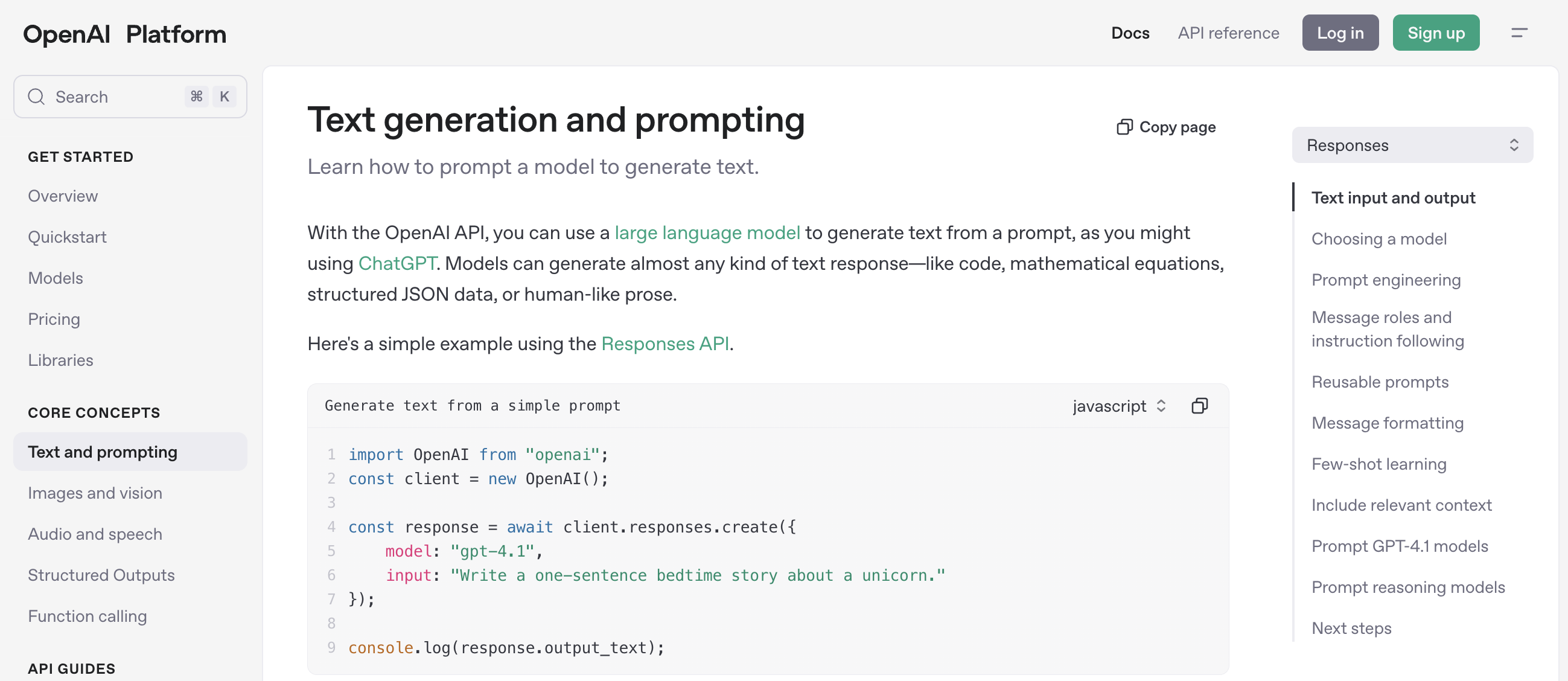
The Prompt Engineering Guide from OpenAI is a compact, practice-oriented manual for working effectively with models like GPT‑4, GPT‑turbo, and GPT‑3.5 via the API. It focuses on targeted prompt design for controlling, formatting, and ensuring the reliability of model outputs in production applications.
The guide is aimed at developers, product teams, and prompt engineers, offering concrete strategies for instruction clarity, context usage, and task structuring. It includes tips on delimiters, chain-of-thought techniques, and iterative improvement through systematic testing.
As a continuously updated online resource, it is concise yet packed with best practices for both beginners and advanced API users – ideal as both an introduction and a daily reference.
2. Google: Prompt Engineering
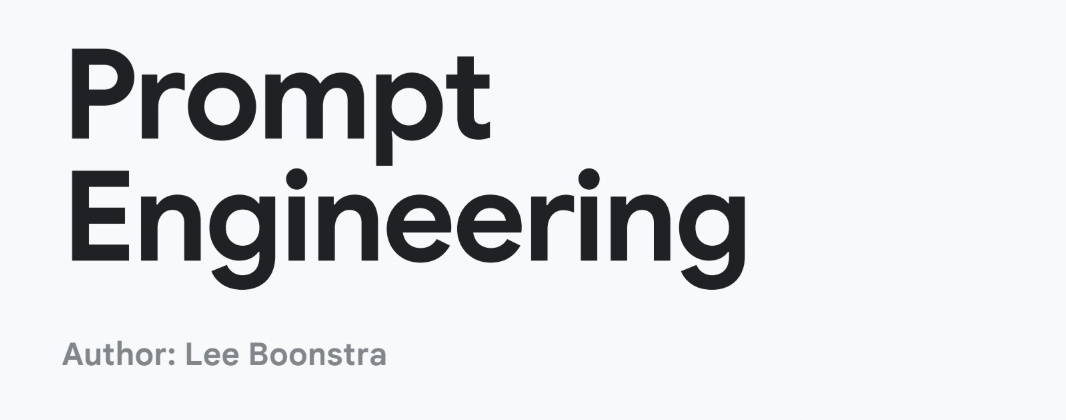
Google’s Prompt Engineering Guide spans 68 pages and presents practical strategies and proven techniques for optimizing interactions with large language models such as Gemini via Google Cloud and Vertex AI. It centers on structured, iterative prompt creation for precisely steering the model to yield desired answers or results.
It is tailored to both beginners, who are guided step by step, and experienced developers implementing advanced designs and workflows. The guide is freely available as a PDF via Google Drive and supplemented with interactive cheat sheets, notebooks, and blog summaries.
3. Open AI: GPT-4.1 Prompting Guide
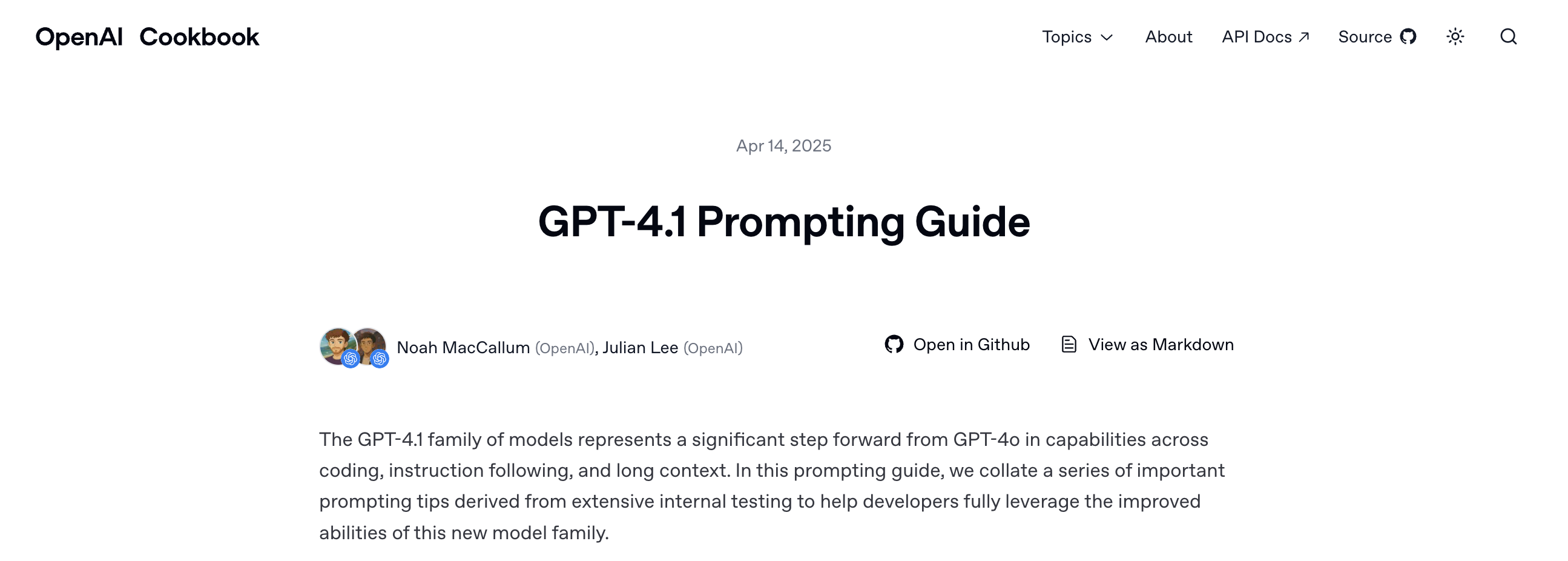
The GPT‑4.1 Prompting Guide, released in April 2025, details how to optimally utilize the GPT‑4.1 model through targeted prompt structures. It addresses developers, AI engineers, and agent builders, and is based on extensive internal testing at OpenAI.
The guide emphasizes structured, agent-like prompt design, enabling the model to handle complex tasks with goal persistence, tool integration, and reflective execution. It includes in-depth templates, API tips, and strategies for long-context processing – ideal for advanced users seeking complete control and efficiency.
4. Anthropic: Prompt-Engineering-Guide
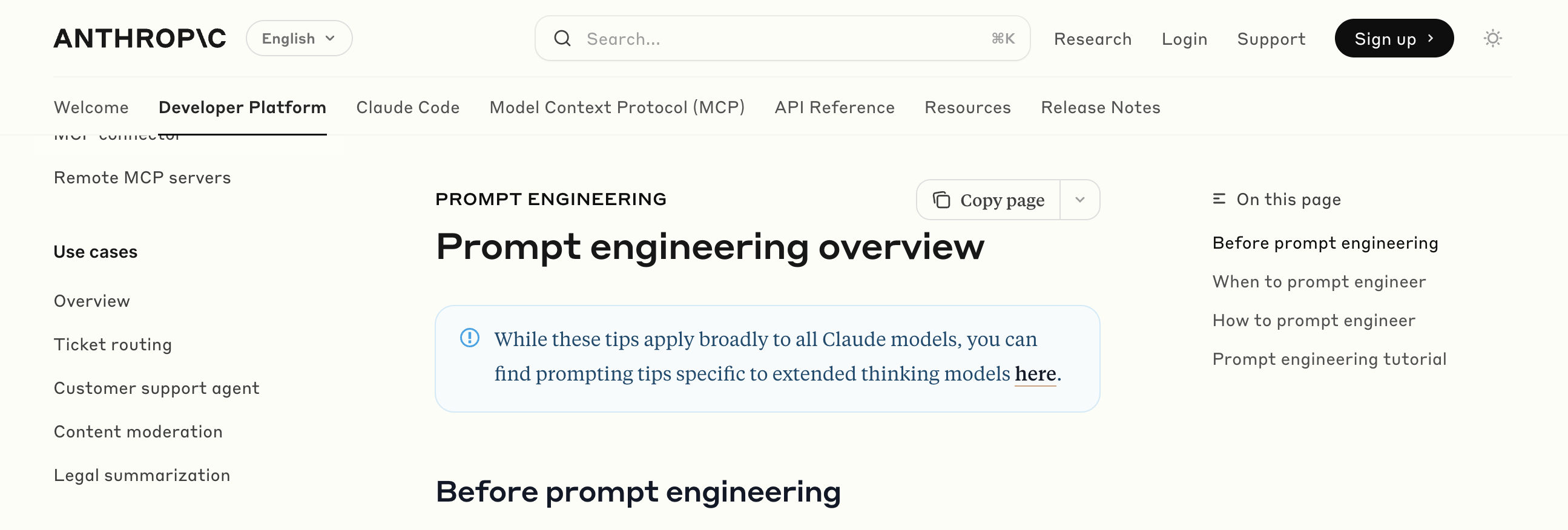
Anthropic’s Prompt Engineering Guide is a hands-on manual for effectively using Claude models. It focuses on structured, iterative prompt design – from role assignment to the use of chain-of-thought and XML tags.
Aimed at developers, AI engineers, and prompt engineers using Claude in production, users can access integrated tools like a prompt generator and interactive tutorials to refine prompts step by step.
The guide is available online and supported by interactive content (GitHub + Google Sheets), addressing both users with initial API experience and advanced practitioners employing Claude in complex, context-sensitive workflows.
5. Google Prompting Guide 101
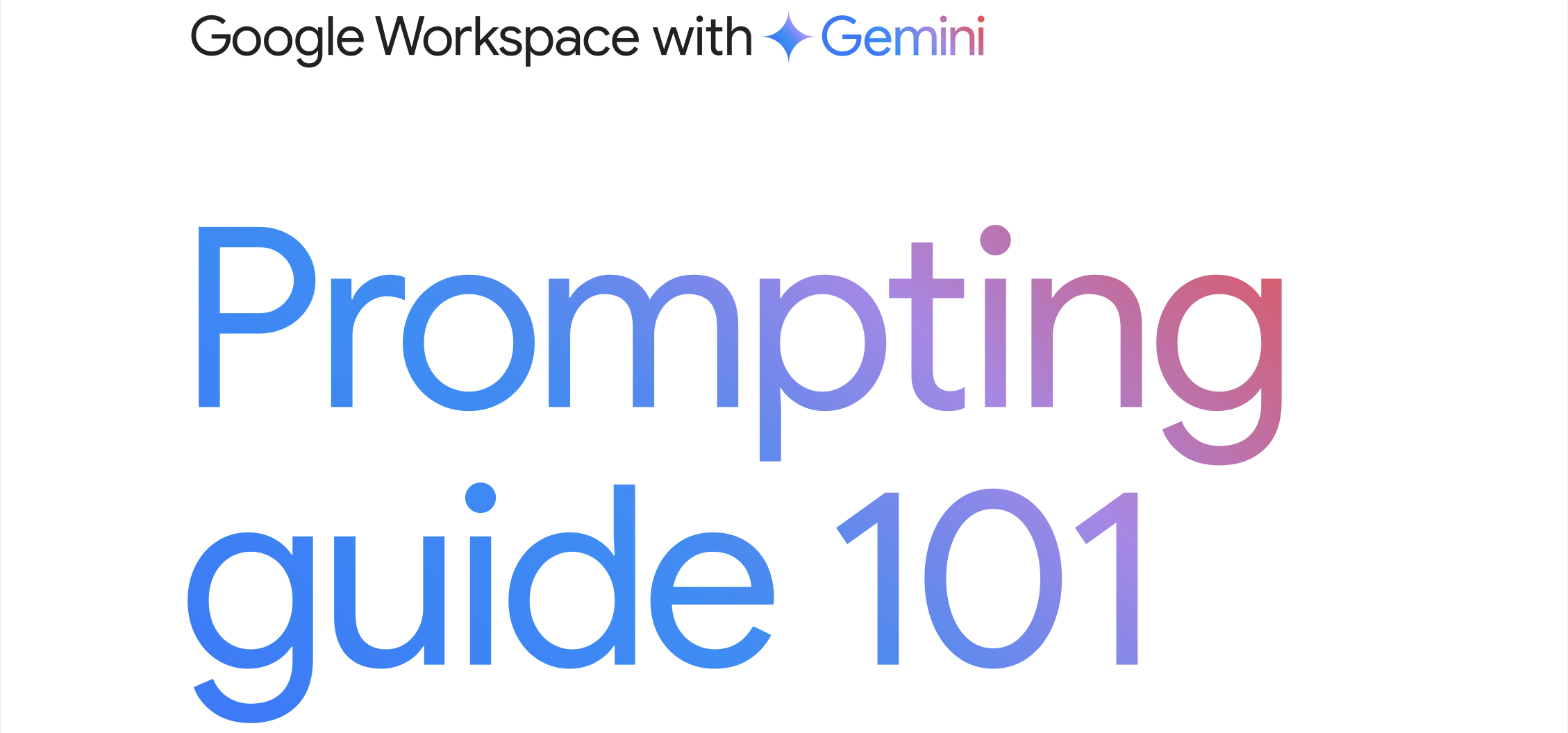
Released in October 2024, the Prompting Guide 101 from Google Workspace serves as a handbook for effective prompt engineering with Gemini, the AI assistant in Gmail, Docs, Sheets, Meet, and Slides.
The guide is beginner-friendly and aimed at users looking to make their daily workflows more productive and creative. It teaches prompt-writing through four key elements: persona, task, context, and format.
It offers real-world examples across various fields - from HR and marketing to customer support and management - demonstrating how to iteratively refine prompts, reference documents, and better understand Gemini.
6. O’Reilly: Prompt Engineering for LLMs
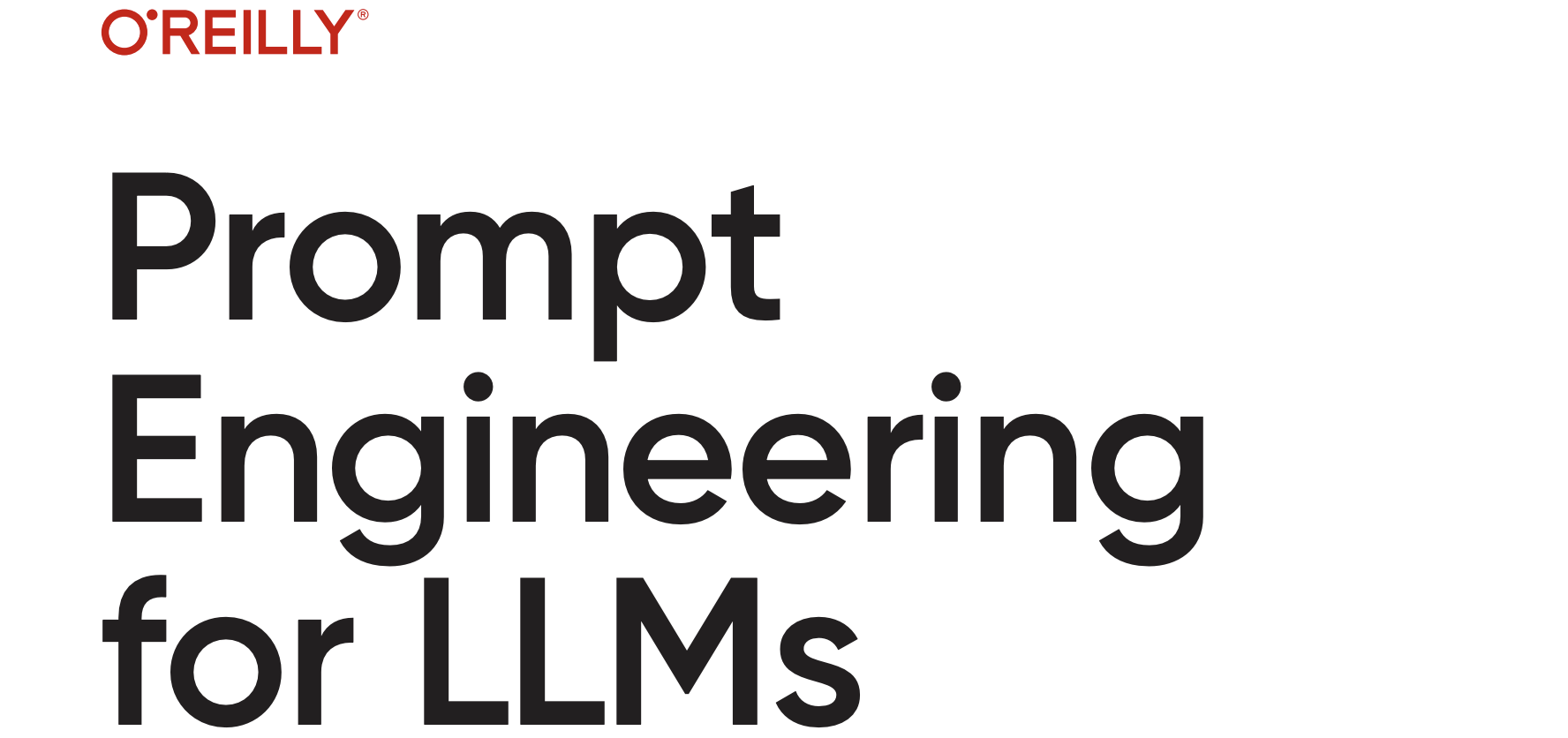
O’Reilly’s Prompt Engineering for LLMs Guide, published in December 2024, is a comprehensive, practical reference for professional prompt engineering. It targets technically savvy users and developers with experience in large language models who aim to integrate LLMs into production applications.
With over 280 pages, the book offers deep insights – from foundational model architecture and structured prompt design to advanced techniques like few-shot prompting, chain-of-thought, and retrieval-augmented generation.
It is accessible via a 10-day free trial on O’Reilly. The platform also offers numerous additional resources on AI, language models, and practical applications.
7. Microsoft: Prompt Engineering with Azure OpenAI Service

Microsoft’s Prompt Engineering in Azure AI Studio is a free, technically grounded introduction to structured work with language models via Azure OpenAI Services.
The guide covers both fundamentals and advanced techniques such as tool calling, function design, few-shot prompting, and prompt chaining. It provides ready-to-use templates for business applications, chatbots, classification, and data summarization.
It excels in linking prompt engineering with Azure-specific system integration – via REST APIs, Logic Apps, DevOps pipelines, or Power Platform – making it ideal for technically adept users focused on scalability and enterprise-wide deployment.
8. LearnPrompting: Prompt Engineering Guide
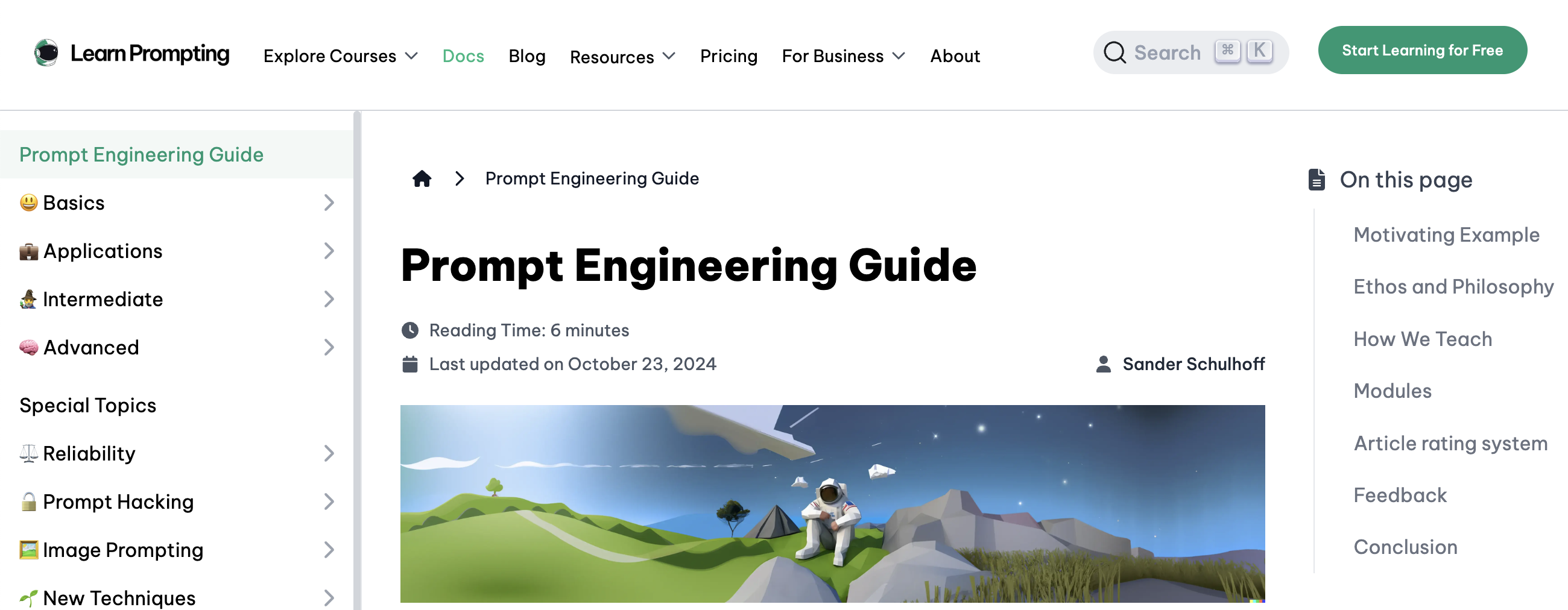
The Prompt Engineering Guide from LearnPrompting is an interactive, practical online manual for designing effective prompts for large language models.
Covering a broad range – from prompt basics to best practices like few-shot, chain-of-thought, and ReAct, to advanced concepts such as tool integration, multimodality, and automated prompt generation – the guide is accessible to a wide audience.
Beginners are introduced step by step to core concepts, while advanced users explore strategies for structuring, refining, and automating complex prompts. The modular content is enhanced by API demos for real-time testing in the browser.
It is open-source, continuously updated, and cited by organizations such as Google and OpenAI.
9. DAIR.AI: Prompt Engineering Guide
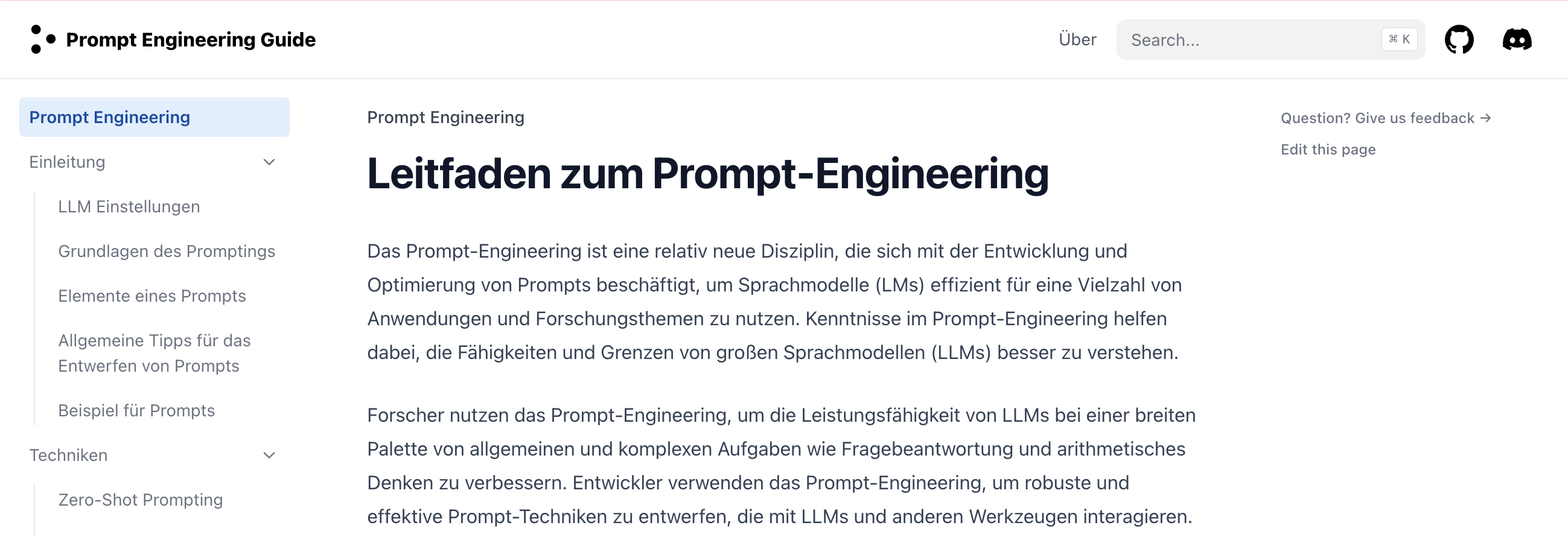
DAIR.AI’s Prompt Engineering Guide is a community-driven online manual that extensively covers theory, techniques, and hands-on examples for working with AI.
It emphasizes structured instruction for crafting effective prompts and is suitable for all levels: beginners are introduced to definitions and examples step by step, while advanced users explore modules on multimodal applications, reasoning, and agent architectures.
The guide is modular, includes interactive components like a Prompt Hub library and in-browser examples, and is maintained as an open-source project - free and continuously updated.
10. AMALYTIX: Amazon Prompts 2025

The AMALYTIX Prompts Guide 2025 is a practical whitepaper specifically designed for e-commerce users, agencies, and brands aiming to use models like GPT‑4.1 effectively in the Amazon ecosystem.
It provides a structured introduction to prompt-based automation and analysis, tailored to common challenges in Amazon data analysis, content creation, and brand communication.
The guide focuses on realistic use cases - such as product text generation, automated report extraction, performance evaluations, and agent-like workflows. It is targeted at both AI beginners in online retail and advanced users in product management, content, data analytics, and e-commerce consulting.
It includes real-world examples, prompt formats, and practical tips on model selection (GPT‑4.1, Claude, Gemini), API usage, and tool integration.
Additional Free AI Learning Resources and Communities
Beyond the guides mentioned above, online communities and forums are invaluable for sharing AI knowledge. Platforms like Stack Overflow or Reddit’s r/MachineLearning allow users to engage with experts, ask questions, and discuss the latest developments.
Newsletters such as Superhuman, The Neuron Daily and Prompt Engineering Daily help you stay up to date.
On X (formerly Twitter), accounts like KDnuggets, OpenAI and AssemblyAI provide tutorials, research updates, and deep dives into speech recognition and NLP.
Open-source projects and repositories on platforms like GitHub offer hands-on insight into AI applications. Key repositories include TensorFlow, PyTorch, and Hugging Face’s Transformers library.
For further guidance, see our article on the Top 10 Free AI Courses to find highly recommended ways to build AI skills – free of charge.
FAQ
Do I need to know how to code to learn prompt engineering?
No. Many of the featured guides – such as those by LearnPrompting, Google Workspace, or AMALYTIX – require no coding skills. They are explicitly aimed at professionals, copywriters, or consultants who want to use AI productively without programming.
What are the most commonly used prompting techniques?
The most widely used prompting techniques are: Zero-shot (direct task without examples), Few-shot (with a few guiding examples), Chain-of-thought (step-by-step reasoning), Role-based prompts (with defined role assignments), System prompts (to set tone or behavior). These can be flexibly combined to direct the model precisely.
Which prompt engineering guides are best for beginners?
Beginners with no AI experience should start with introductory guides such as the Google Prompting Guide 101, which explains the basics using everyday examples.
Which prompt engineering guides are best for advanced users?
Those with some prompt engineering experience should explore: GPT‑4.1 Prompting Guide by OpenAI, O’Reilly: Prompt Engineering for LLMs, Microsoft: Prompt Engineering with Azure OpenAI Service. These offer templates, tactics, and best practices for complex tasks, tool integration, and scalable workflows.
Subscribe to Newsletter
Get the latest Amazon tips and updates delivered to your inbox.
Wir respektieren Ihre Privatsphäre. Jederzeit abbestellbar.
Related Articles
Fix Missing Amazon Required Fields with AI
The Extended Listing Editor in AMALYTIX automatically detects missing required fields and provides AI suggestions for quick correction.

Trutz Fries
Amazon AI Image Generation in AMALYTIX
Creating images for Amazon with the help of AI has never been easier.

Trutz Fries
Top 10 Free AI Courses in 2025: Complete Learning Guide
Discover the best free AI courses to skyrocket your career in tech. From beginner to advanced levels, start learning today!

Trutz Fries
